James A. Anderson0521848873, 9780521848879
Table of contents :
Cover……Page 1
Half-title……Page 3
Title……Page 5
Copyright……Page 6
Contents……Page 7
Preface……Page 9
1.1 Sets……Page 11
1.2 Relations……Page 16
1.3 Functions……Page 22
1.4 Semigroups……Page 26
2.1 Regular languages……Page 33
2.2 Retracts (Optional)……Page 39
2.3 Semiretracts and lattices (Optional)……Page 44
3.1 Deterministic and nondeterministic automata……Page 47
3.2 Kleene’s Theorem……Page 62
3.3 Minimal deterministic automata and syntactic monoids……Page 82
Procedure……Page 85
3.4 Pumping Lemma for regular languages……Page 94
3.5 Decidability……Page 96
3.6 Pushdown automata……Page 99
3.7 Mealy and Moore machines……Page 109
4.1 Formal grammars……Page 124
4.2 Chomsky normal form and Greibach normal form……Page 148
4.3 Pushdown automata and context-free languages……Page 159
4.4 The Pumping Lemma and decidability……Page 172
5.1 Deterministic Turing machines……Page 179
5.2 Nondeterministic Turing machines and acceptance of context-free languages……Page 200
5.3 The halting problem for Turing machines……Page 204
5.4 Undecidability problems for context-free languages……Page 210
6.1 Introduction……Page 220
6.2 A minimal taste of word combinatorics……Page 222
6.3 The spectrum of a word with respect to a language……Page 224
6.4 The spectral partition of Sigma+ and the support of L……Page 226
6.5 Visualizing languages……Page 227
6.6 The sketch parameters of a language……Page 231
6.7 Flag languages……Page 233
6.8 Additional tools from word combinatorics……Page 234
6.9 Counting primitive words in a regular language……Page 235
6.10 Algorithmic sketching of regular languages……Page 237
7.1 Introduction……Page 241
7.2 Constructing new words by splicing together pairs of existing words……Page 242
7.3 The motivation from molecular biology……Page 243
7.4 Splicing rules, schemes, systems, and languages……Page 246
7.5 Every splicing language is a regular language……Page 249
7.6 The syntactic monoid of a regular language L allows an effective determination of the set of all splicing rules that respect L……Page 251
7.7 It is algorithmically decidable whether a given regular language is a reflexive splicing language……Page 252
Appendix A Cardinality……Page 255
Appendix B Co-compactness Lemma……Page 257
References……Page 259
Further reading……Page 261
Index……Page 263
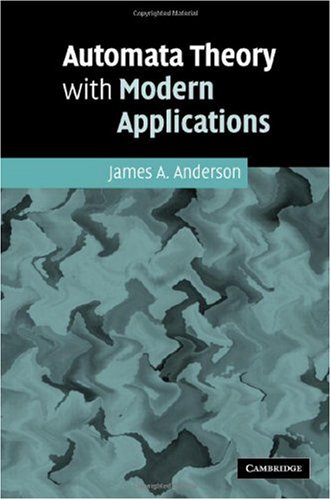
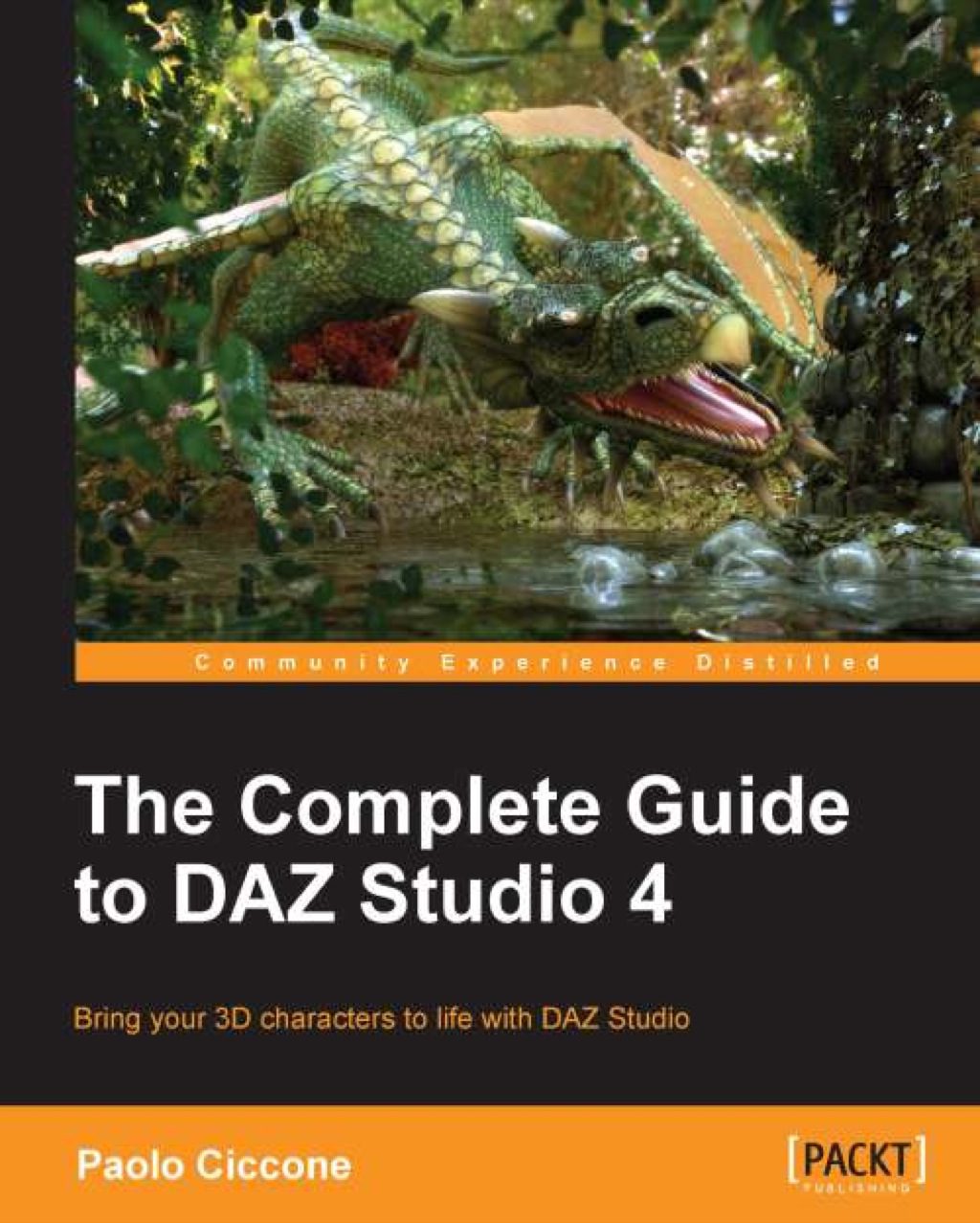

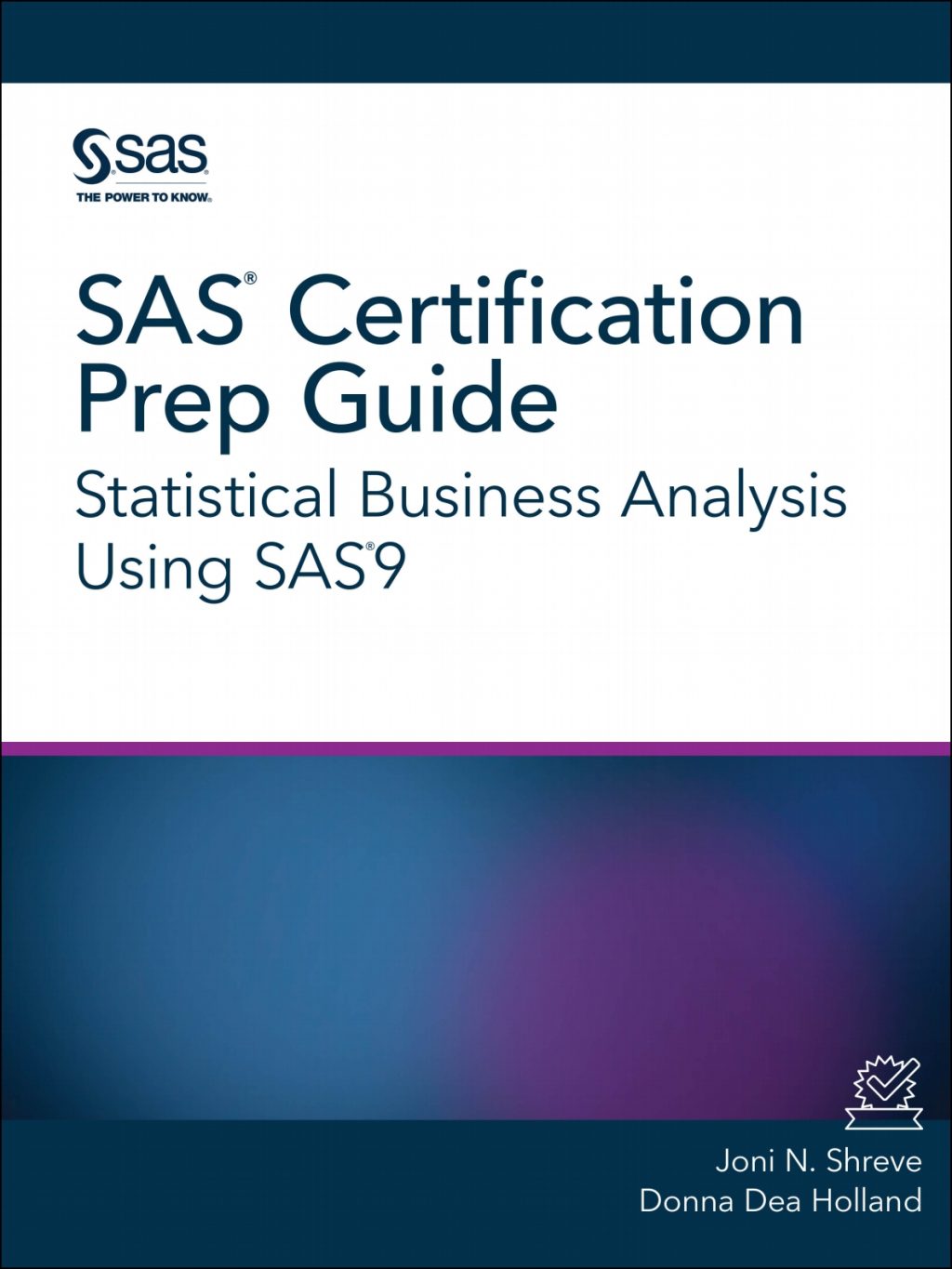

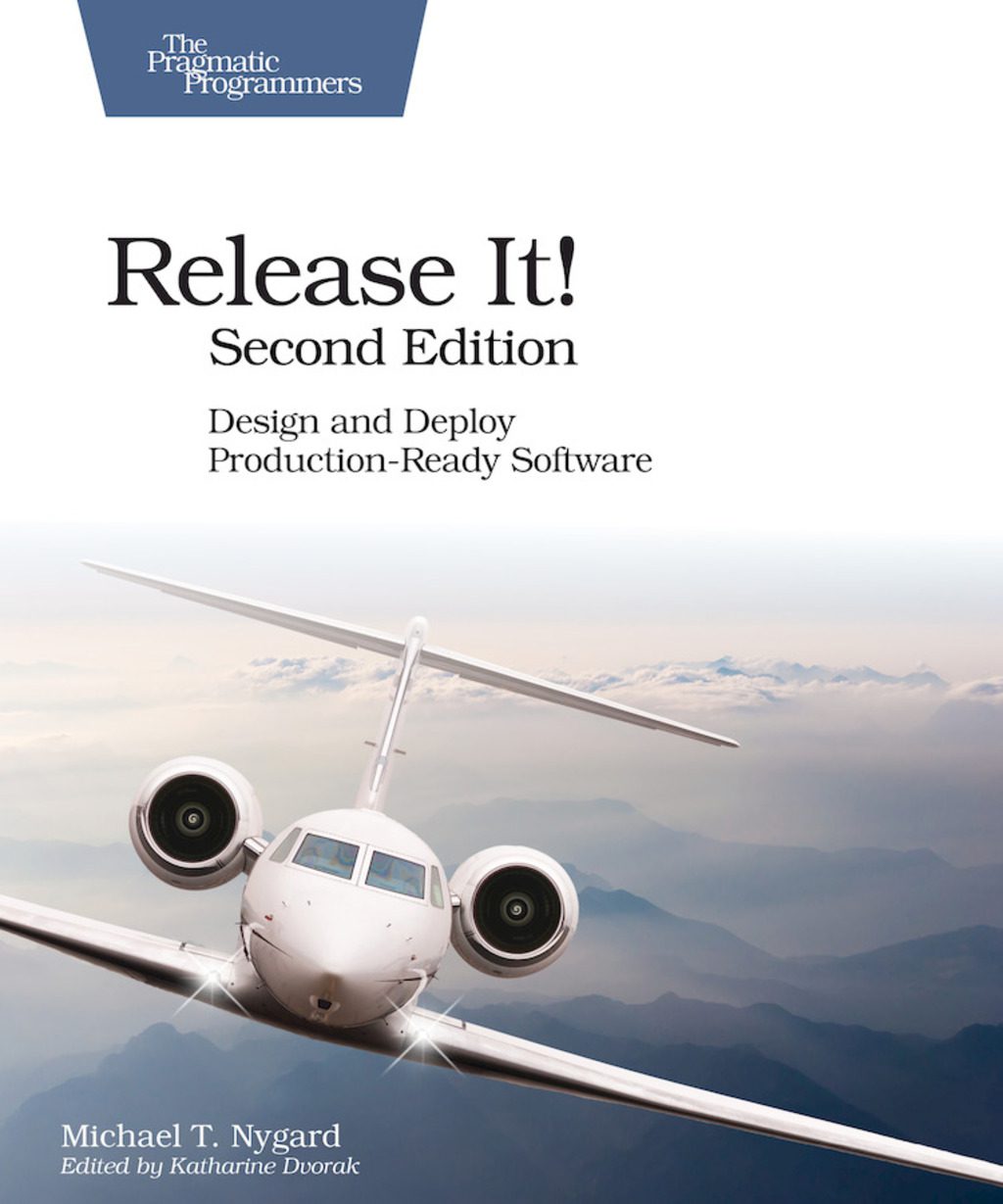
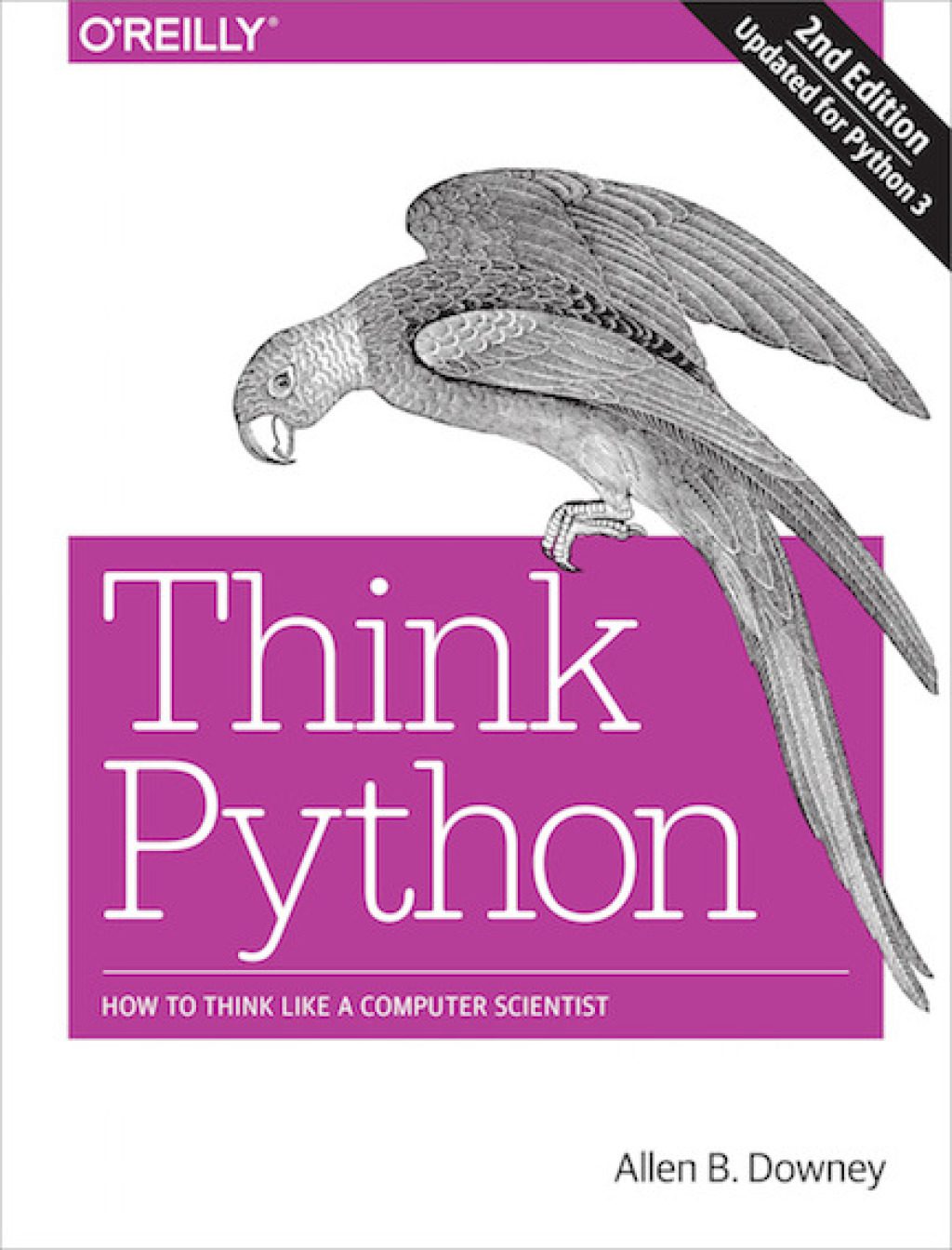
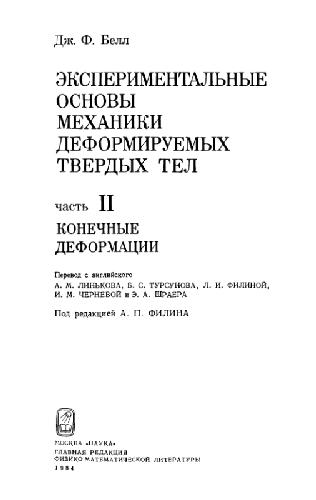
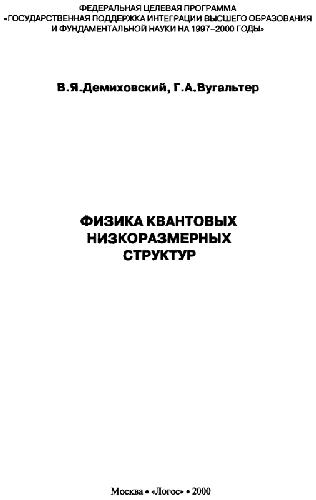
Reviews
There are no reviews yet.